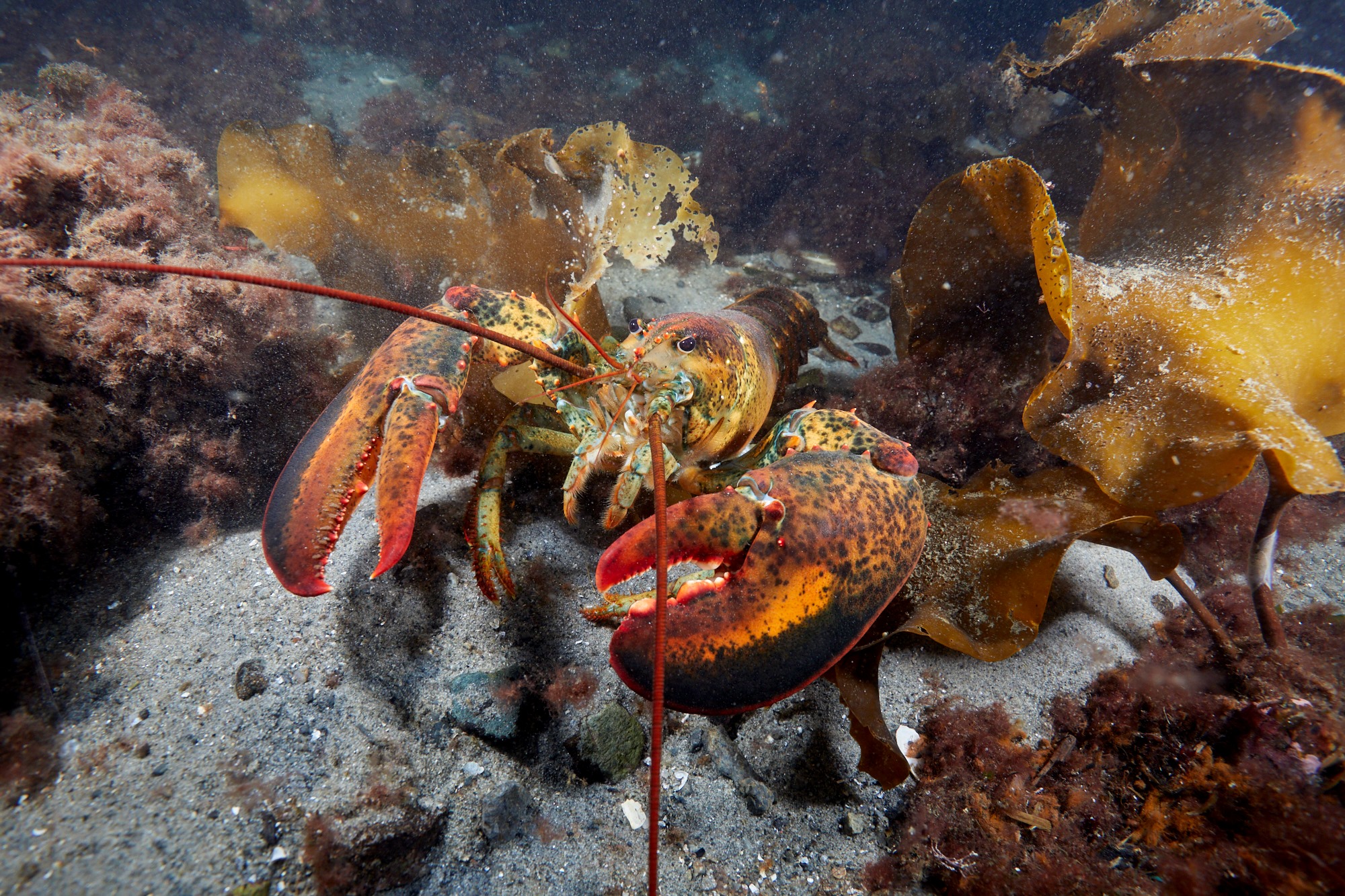Artificial homes will aid lake fish populations
By Anna McCartney, Pennsylvania Sea Grant
Human activity has reduced the adequate cover and specific habitats that fish need for breeding, feeding and spawning so they can survive and thrive.
So a group of volunteers, led by Pennsylvania Sea Grant Maritime Educator David Boughton, converged on Lampe Marina to build structures to replace lost natural spawning areas in Lake Erie. Twenty-five S.O.N.S. (Save our Native Species) of Lake Erie volunteers and 15 Central Career and Technical School students and their teacher, Brian DiLuzio, assembled 20 porcupine fish habitat structures in just two hours.
Pennsylvania Fish and Boat Commission (PFBC) habitat specialists directed the building of the long lasting, deep-water, complex structures that will provide protection for juvenile fish and improve recruitment of panfish and game fish.
“The benefits to the students, to anyone who enjoys fishing in Lake Erie and to the fish are plentiful,” said Boughton, who works with area schools to involve students in real-life learning. “Working with PFBC and the S.O.N.S., the students learned the value this project brings to local fish populations and the community.”
Volunteer-made lake fish habitat projects, which have been part of habitat management for more than 20 years, will mimic the natural environment and could result in healthier, more diverse fish communities. That’s good for the fish and for anglers — and for the local economy, which relies on tourism and fishing.
Improving fish habitat is not new to the S.O.N.S. who also provided financial support to purchase materials for this project and regularly provide volunteers and support for other PASG projects. Input from their group has been critical in determining habitat preferences and appropriate locations for artificial habitats. They constructed and deployed more than 300 similar structures in Presque Isle Bay between 1995 and 2000. This latest round includes the first sites outside of Presque Isle Bay. A copy of the map showing habitat placements in and around the bay can be downloaded from the PFBC website.
Ben Page, chief of the PFBC’s Habitat Management Division, and Boughton were excited about extending the range of habitat structures outside of Presque Isle Bay. Another first for the fish cribs is monitoring the success of these cribs in Lake Erie. Boughton is involving students in examining known sites with underwater student built remotely operated vehicles (ROVs) equipped with underwater drop cameras every chance he gets. He expanded the underwater Robotics Program developed by MIT Sea Grant to Pennsylvania classrooms for over 300 students. They have learned critical math and science skills by constructing more than 200 remotely operated vehicles that are capable of monitoring and collecting Lake Erie samples. These learning opportunities are all part of PASG’s Lake Erie Science program, which also includes shipboard science aboard the Gannon University’s RV Environaut.
The habitat structures are part of a three- to five-year project to provide safe havens for breeding and cover to young fish populations. This fall students will help build and deploy 10 to 20 more porcupine cribs and they will continue to monitor the sites. PFBC is also planning to participate in the monitoring effort this fall.
For more information about habitat improvement, visit the Pennsylvania Fish and Boat Commission. For information about these and other PA Sea Grant education programs, contact Boughton at dbb11@psu.edu or call 814-720-0746.


